Google's greenhouse gas emissions have skyrocketed in the last five years – and soaring AI energy demand is the main culprit
Google is struggling to balance long-term sustainability goals while keeping pace with key competitors in the generative AI race
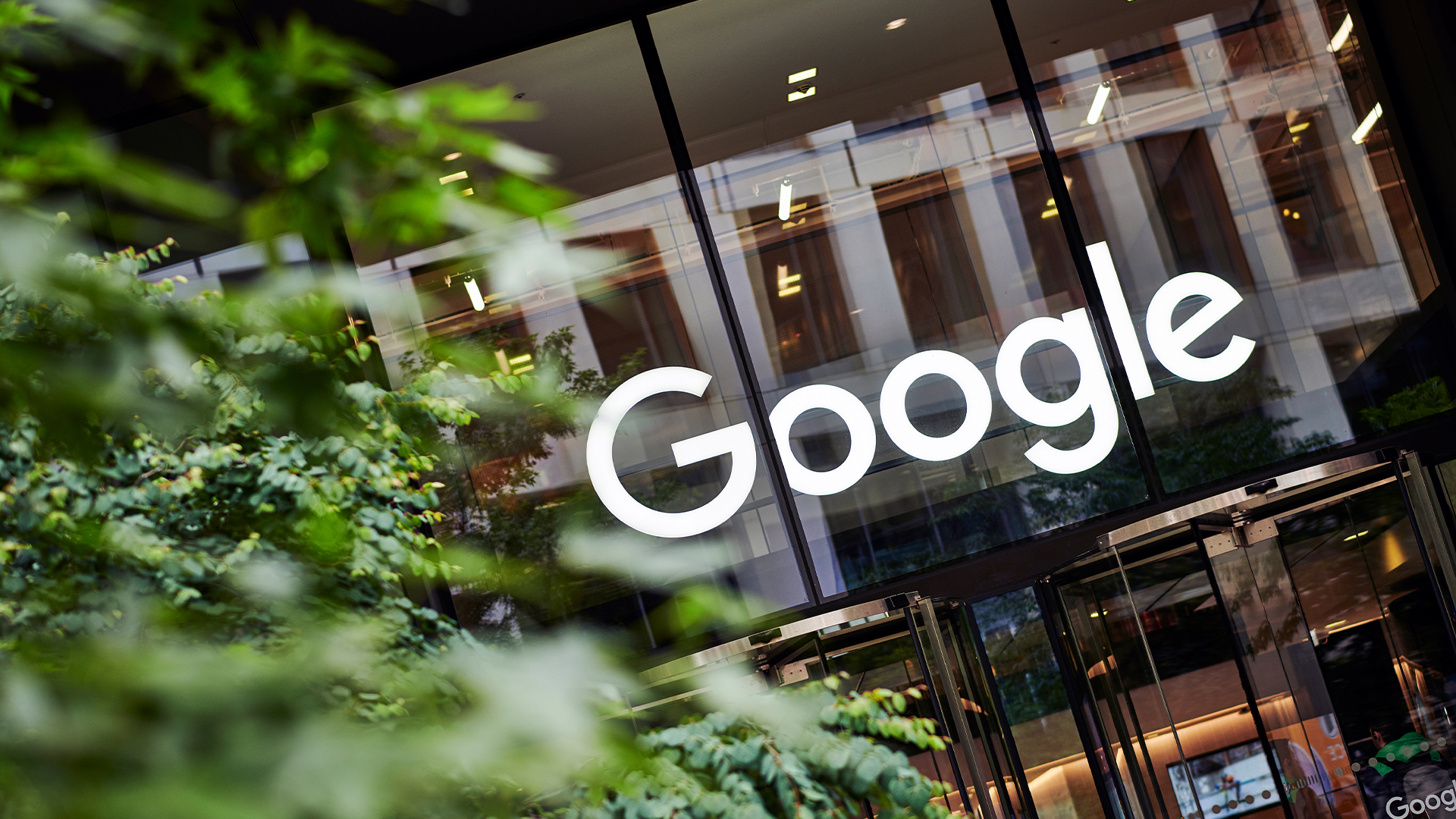

Surging data center energy demands have caused Google's greenhouse gas emissions to increase by almost half in the last five years, posing a major setback to the tech giant's sustainability goals.
The results of the tech giant’s annual environmental report show it’s struggling to balance reducing its emissions without giving up ground in the race to capture booming demand for AI services, which in turn require massive compute powered by energy-intensive data centers.
In light of this development, the company doused its “extremely ambitious” net-zero by 2030 target, adding that uncertainty around the environmental impact of AI continues to be “complex and difficult” to predict.
Google’s total GHG emissions stood at 14.3 million tons of CO2e in 2023, marking a 13% increase year on year, and a 48% increase compared to 2019 levels when the target was initially set.
“This result was primarily due to increases in data center energy consumption and supply chain emissions,” the report concluded.
Scope 2 emissions, the main source of which came from the electricity Google purchased for its data centers and offices, accounted for just under a quarter of the firm’s total GHG emissions.
Compared to 2022, these emissions increased by 27%, which Google said was the result of consumption outstripping its ability to get new carbon-free electricity (CFE) initiatives up and running, particularly in the US and Asia Pacific region.
Get the ITPro daily newsletter
Sign up today and you will receive a free copy of our Future Focus 2025 report - the leading guidance on AI, cybersecurity and other IT challenges as per 700+ senior executives
Google was clear the road to net-zero by 2030 will be difficult, acknowledging that as it pursues deeper AI integrations in its products, reducing emission will be increasingly challenging.
“As we further integrate AI into our products, reducing emissions may be challenging due to increasing energy demands from the greater intensity of AI compute, and the emissions associated with the expected increases in our technical infrastructure investment”.
But given these Scope 2 emissions are a result of the parts of its value chain that it has direct control over, Google said continuing to decarbonize these areas of its business will be a key focus of their sustainability activities.
Google’s not alone in AI sustainability woes
Google is far from the only hyperscaler falling foul of its lofty sustainability ambitions due to the new demand for AI tools, with Microsoft recently announcing its total carbon emissions rose by almost 30% since 2020.
Once again, data center expansion was identified as one of the primary causes for this marked increase in energy use. The firm’s sustainability report showed its carbon emissions grew by 29% amid a drive to expand its data center capacity to support its cloud and generative AI growth strategy.
Yet one notable difference is that Microsoft’s Scope 1 and 2 emissions, created as a direct result of its activities and indirectly from its facilities, were actually down in 2023 when compared to the 2020 baseline.
Scope 3 emissions, indirectly caused by other activities, such as construction work on new facilities, like data centers, were the main offender for Microsoft, accounting for over 96% of the firm’s annual GHG emissions.
These emissions rose by 30.9% over the course of 2023, highlighting they continue to be a problem sector for the company, which stated it would require a more unilateral approach across various sectors around the world.
“Tackling Scope 3 means decarbonizing industrial processes such as steel, concrete, and other building material production for use in our campus and data center construction, as well as jet fuel for business travel and logistics.”
Both companies have been on a tear of investments in new data centers and around the world, with research from Linklaters indicating the number of new deals involving data centers reaching a compound annual growth of 32% in 2023.
Google, Microsoft, as well as Amazon all announced major new investments in Japanese data centers over the last three years, with Microsoft also signing a power purchase agreement (PPA) with a local green energy company to provide clean power for its facilities in the region.
RELATED WHITEPAPER
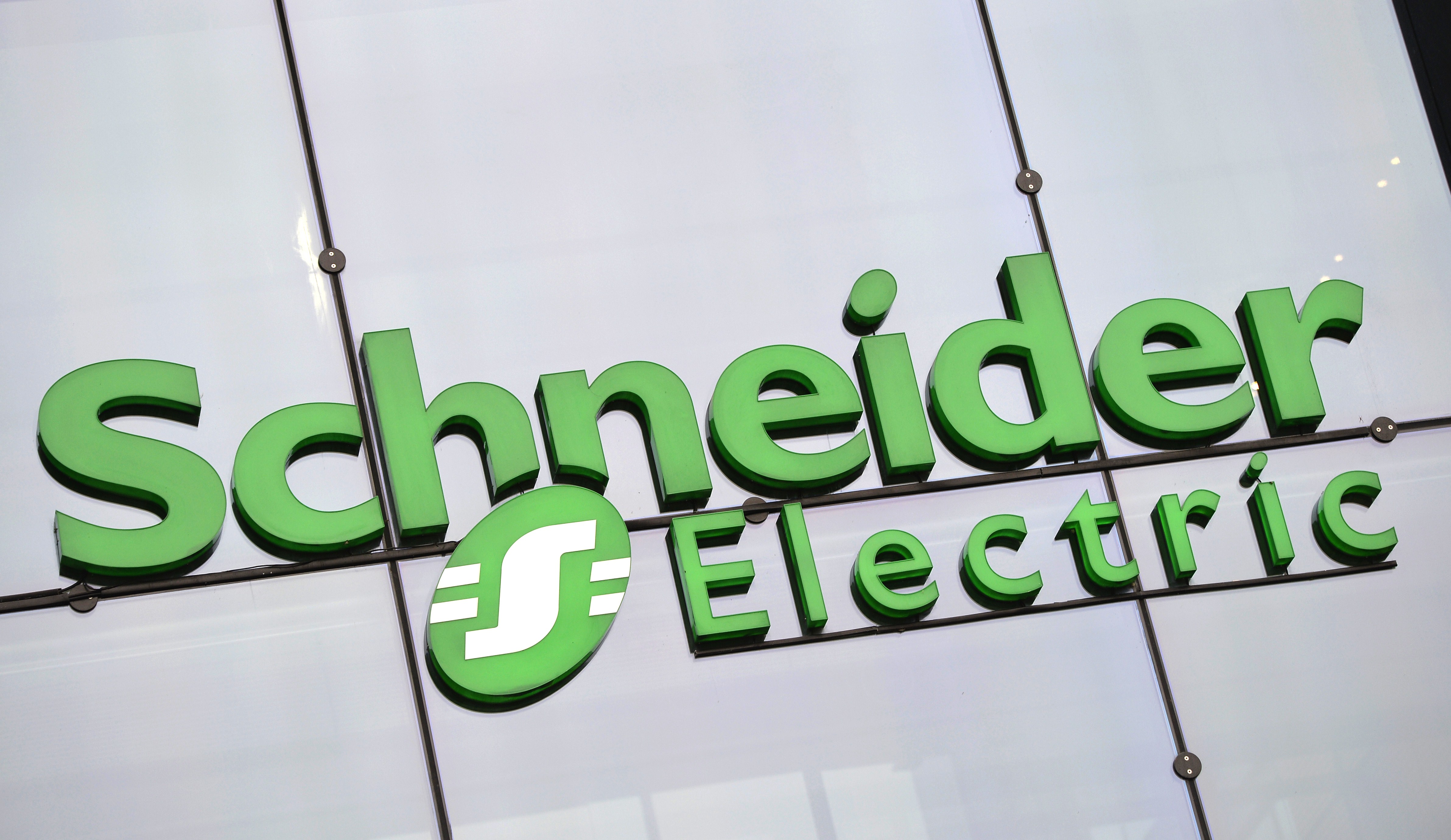
More recently, Microsoft signed a $10 billion renewable energy agreement with US investment firm Brookfield in May 2024, making it the largest corporate renewable energy ever.
Google has also been active in trying to secure CFE for its cloud infrastructure, announcing it had started building a $1 billion data center to the north of London in January 2024, that will be powered using renewable energy generated at a Scottish offshore wind facility.
This deal built on a prior deal Google had in place with French energy firm ENGIE in 2022, that included a 100 MW PPA to provide it with over 5 TWh of clean energy from the Moray West wind farm in Scotland.
With this furious activity unlikely to slow down anytime soon, it would seem the hyperscaler’s ambitious net-zero goals are in serious jeopardy.

Solomon Klappholz is a former staff writer for ITPro and ChannelPro. He has experience writing about the technologies that facilitate industrial manufacturing, which led to him developing a particular interest in cybersecurity, IT regulation, industrial infrastructure applications, and machine learning.
-
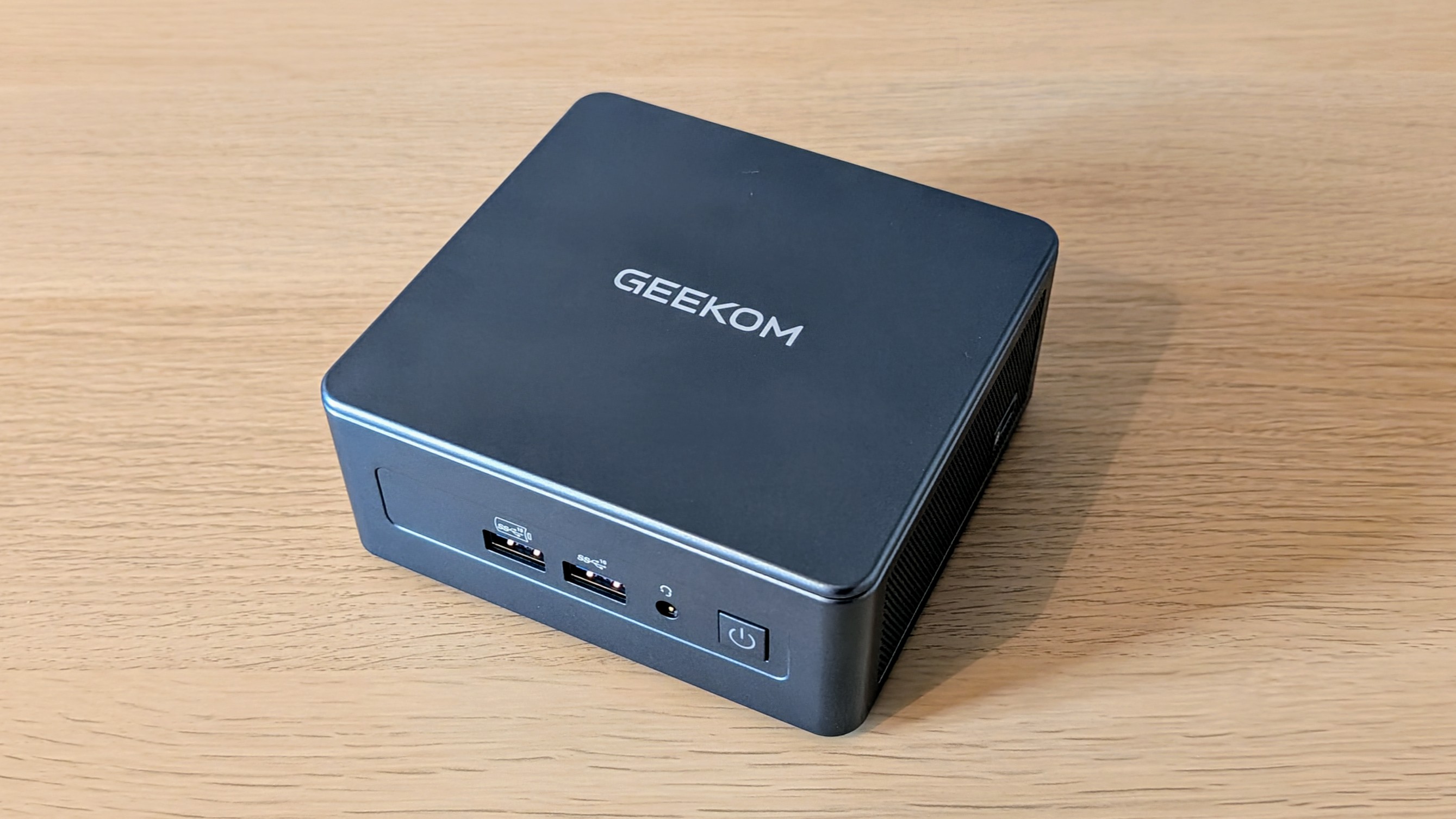 Geekom Mini IT13 Review
Geekom Mini IT13 ReviewReviews It may only be a mild update for the Mini IT13, but a more potent CPU has made a good mini PC just that little bit better
By Alun Taylor
-
 Why AI researchers are turning to nature for inspiration
Why AI researchers are turning to nature for inspirationIn-depth From ant colonies to neural networks, researchers are looking to nature to build more efficient, adaptable, and resilient systems
By David Howell
-
 Google shakes off tariff concerns to push on with $75 billion AI spending plans – but analysts warn rising infrastructure costs will send cloud prices sky high
Google shakes off tariff concerns to push on with $75 billion AI spending plans – but analysts warn rising infrastructure costs will send cloud prices sky highNews Google CEO Sundar Pichai has confirmed the company will still spend $75 billion on building out data centers despite economic concerns in the wake of US tariffs.
By Nicole Kobie
-
 Meta wants to join the big tech nuclear club
Meta wants to join the big tech nuclear clubNews Meta has become the latest big tech company to explore the use of nuclear energy to power data centers.
By Nicole Kobie
-
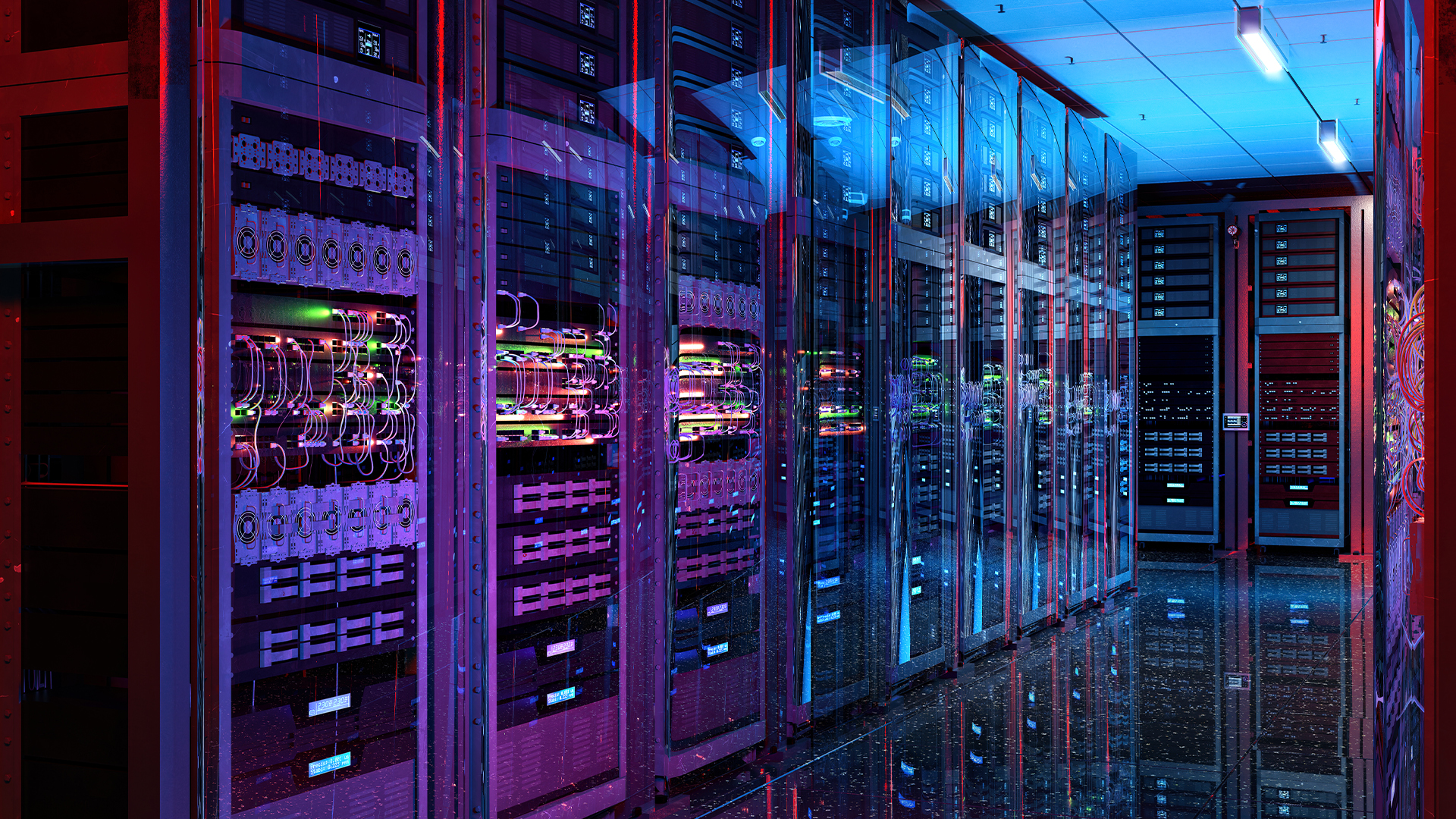 Data centers will be critical to UK economic growth in the coming decade – but researchers have warned of a ‘data doomsday’ unless energy infrastructure is improved
Data centers will be critical to UK economic growth in the coming decade – but researchers have warned of a ‘data doomsday’ unless energy infrastructure is improvedNews With TechUK calling for improved grid connections and easier access to renewable energy, a new study warns that the world's entire electricity supply may not be enough
By Emma Woollacott
-
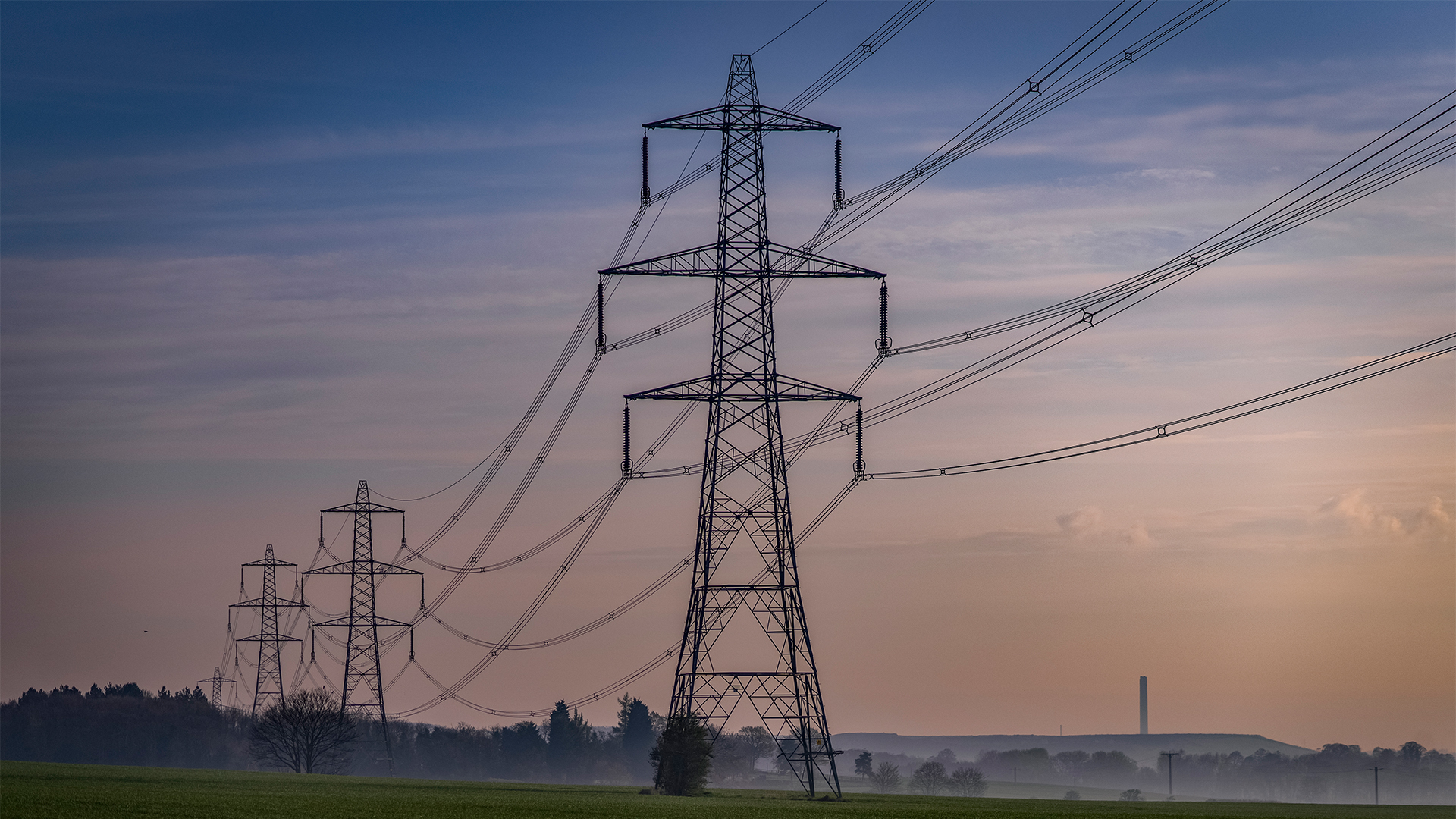 Europe needs more energy and better grids to meet data center power demands in the age of AI
Europe needs more energy and better grids to meet data center power demands in the age of AINews Data center energy demands in Europe are set to triple by the end of the decade, and that means countries will need to boost investment in sustainable power sources and upgrade grid infrastructure.
By Nicole Kobie
-
 Data center water consumption is spiraling out of control
Data center water consumption is spiraling out of controlNews Energy usage might be front of mind amid the AI era, but surging data center water consumption is raising serious concerns among industry stakeholders
By Solomon Klappholz
-
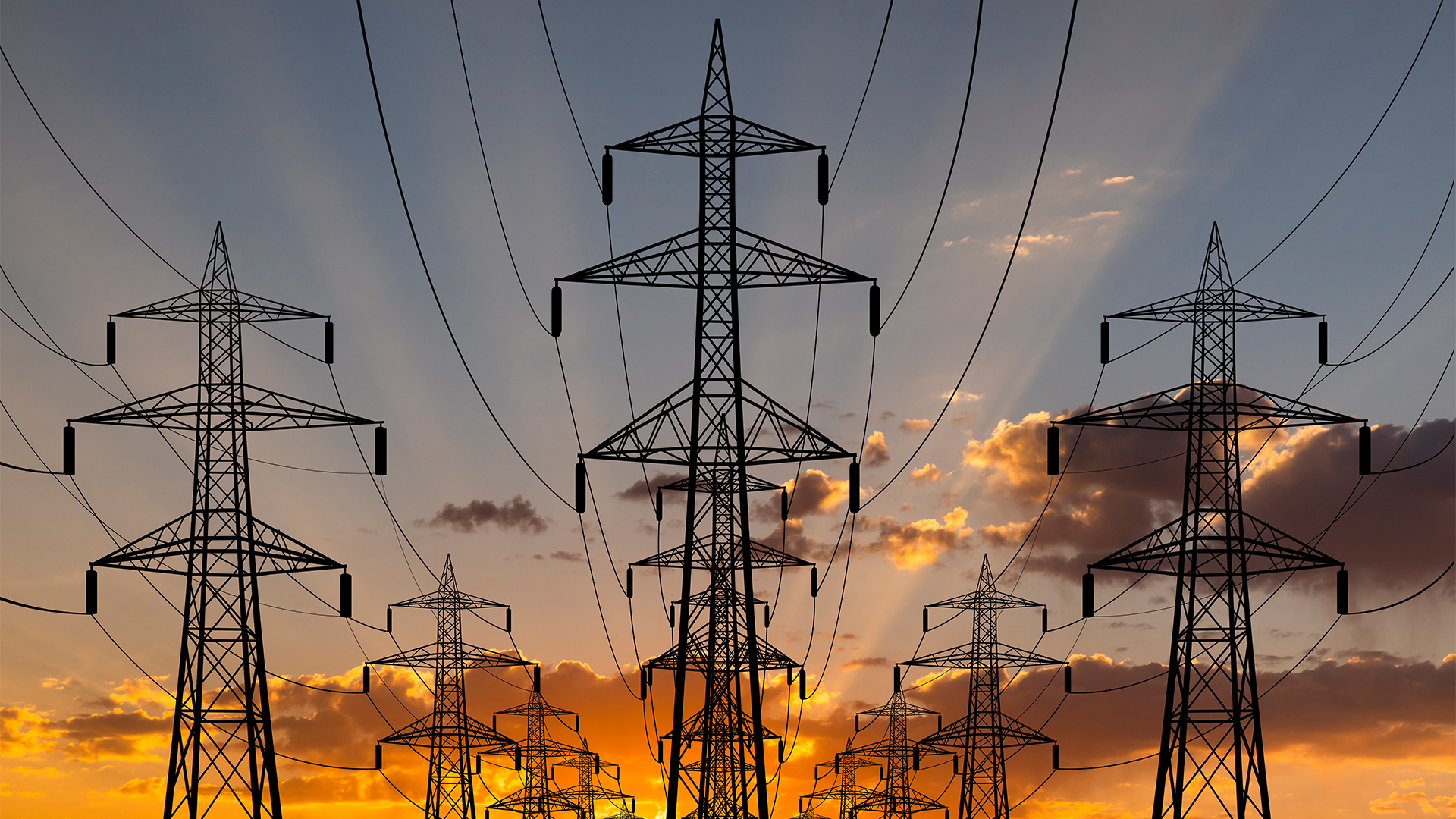 Google and Microsoft's staggering electricity consumption was greater than 100 countries in 2023 — and in the age of generative AI, experts say it’s only going to increase
Google and Microsoft's staggering electricity consumption was greater than 100 countries in 2023 — and in the age of generative AI, experts say it’s only going to increaseNews Spiraling data center energy demands on the back of generative AI are largely to blame for the figures
By George Fitzmaurice
-
 Data center power demands are skyrocketing, and Google thinks geothermal energy is the key to producing ‘round-the-clock’ clean electricity
Data center power demands are skyrocketing, and Google thinks geothermal energy is the key to producing ‘round-the-clock’ clean electricityNews Google’s new partnership with Nevada-based NV Energy will provide clean, reliable geothermal energy to power its data center ambitions
By Solomon Klappholz
-
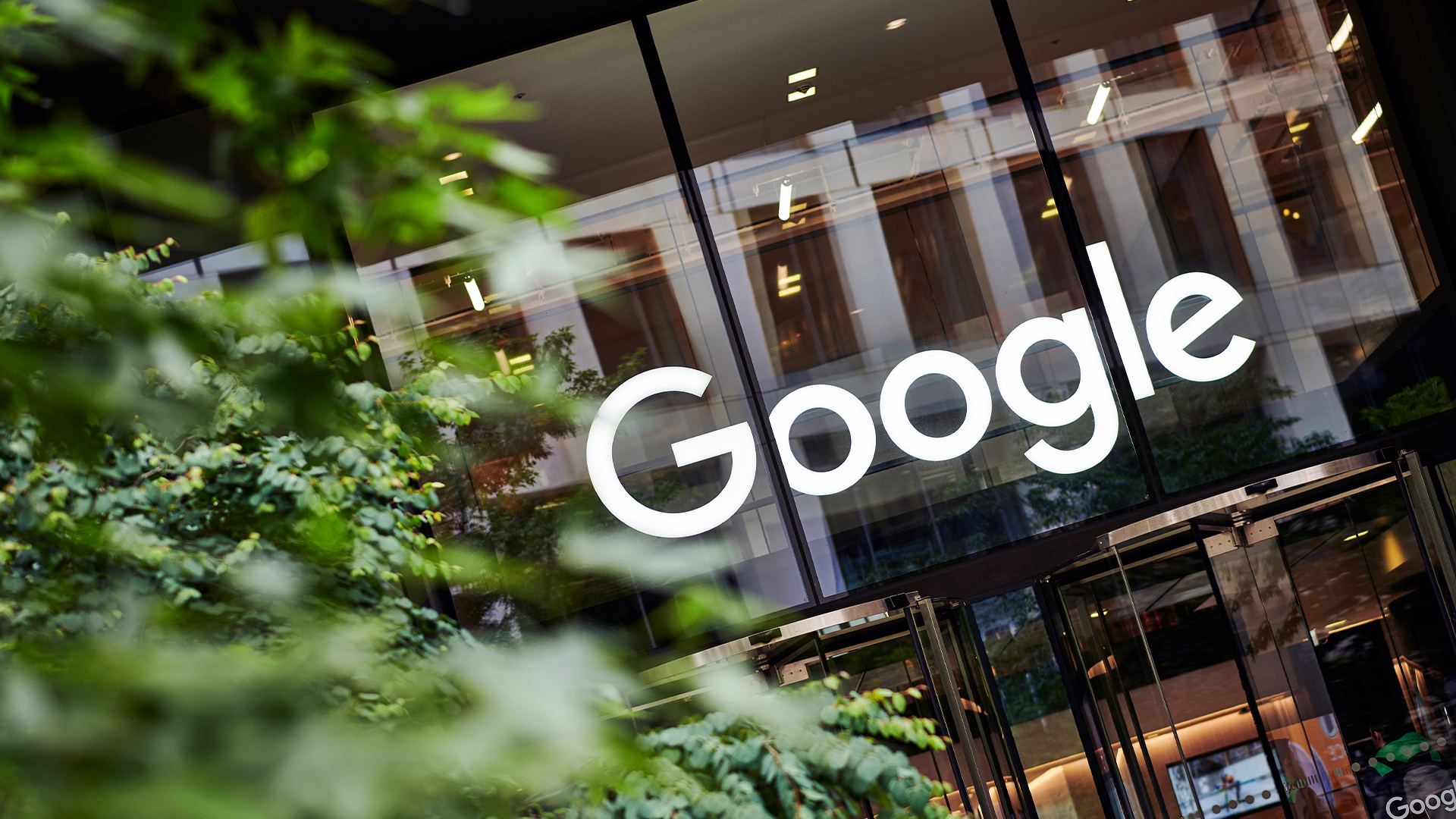 Inside Google’s plan to use data center waste heat to warm nearby homes and businesses
Inside Google’s plan to use data center waste heat to warm nearby homes and businessesNews Google said waste heat will be reused as part of $1 billion investment to support AI growth
By Steve Ranger